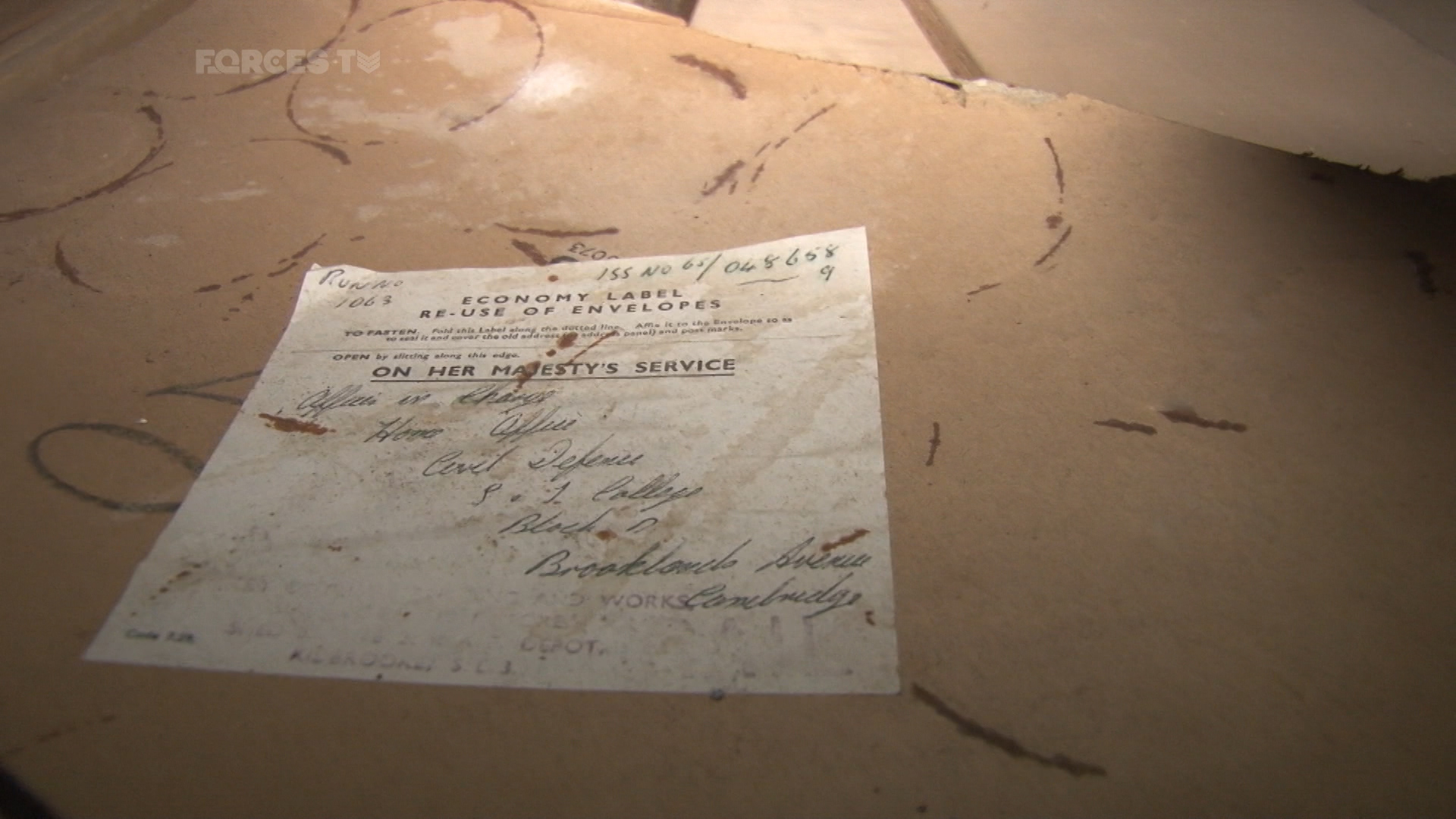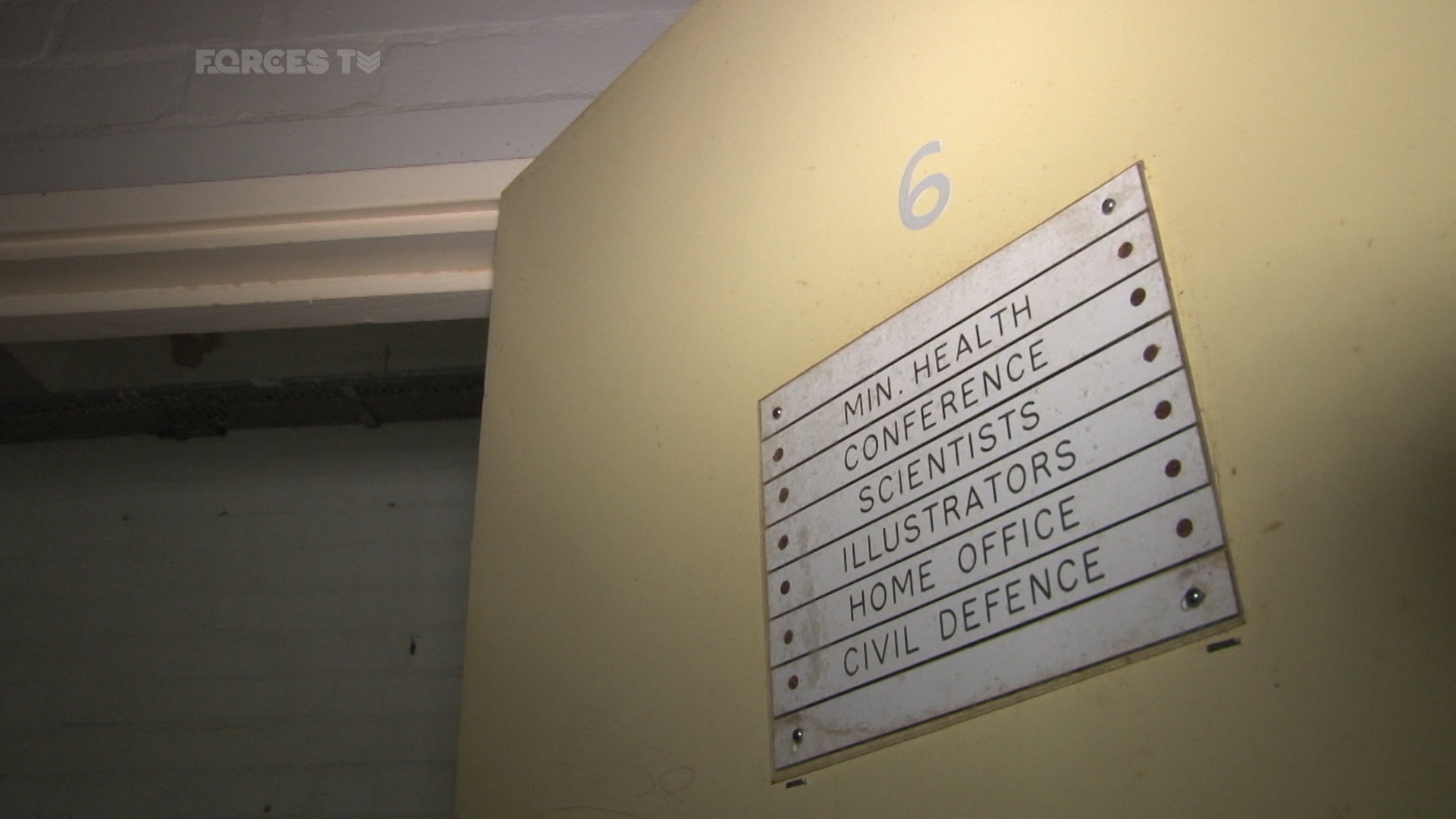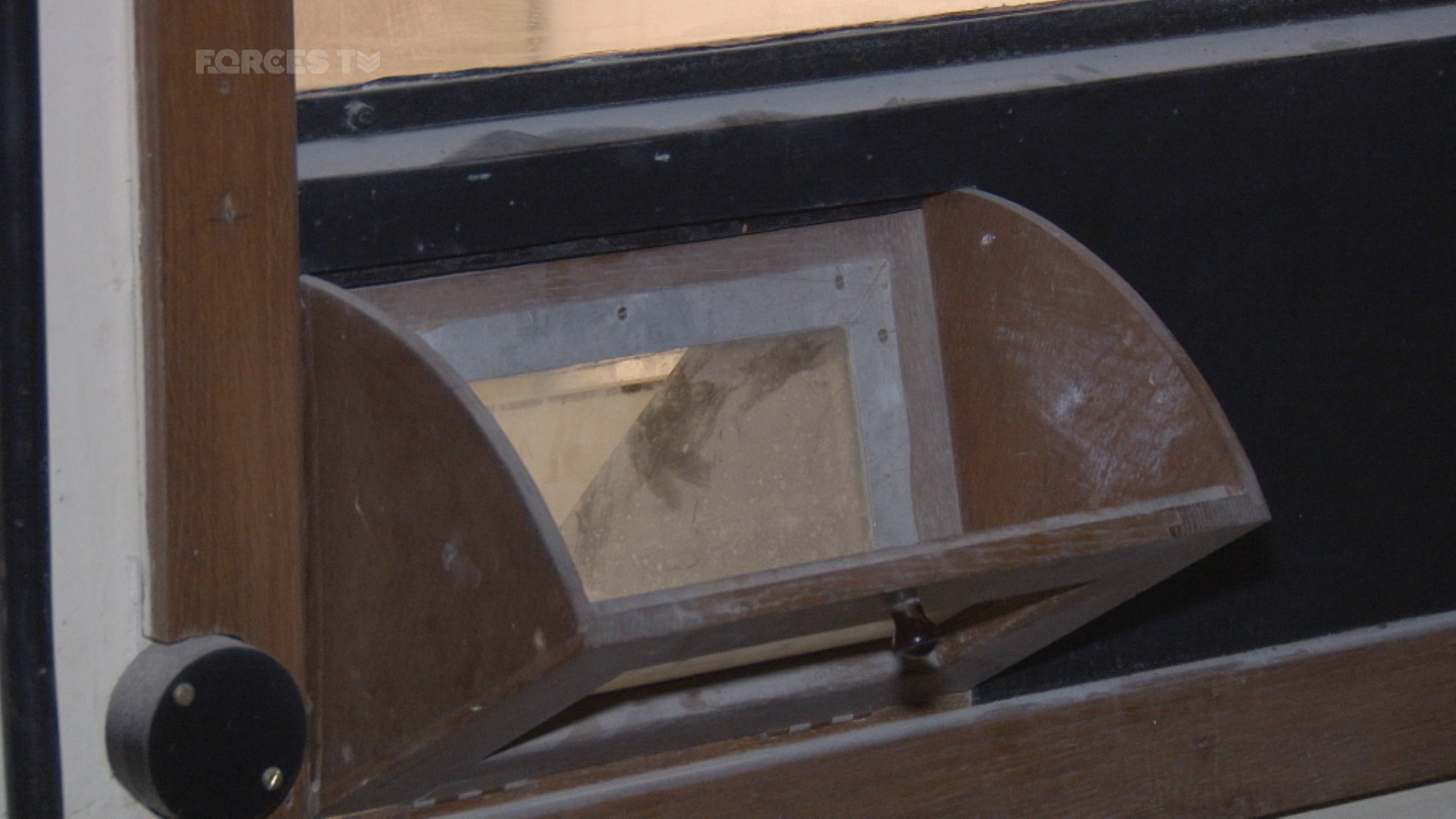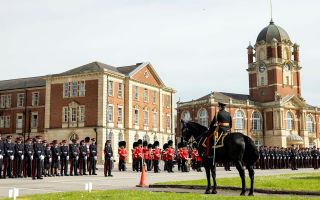Nuclear War Bunker To Get Facelift
A concrete nuclear war bunker from the Cold War is to be revamped and brought back into use by the University of Cambridge.
The bunker has been untouched for 65 years and was formerly known as RSG-4.
It was built in 1953 to house 300 local government officials from Cambridge in the event of a nuclear attack.
But, after 18 months of conversion work, it will be used as a specialist storage facility by the university.

Despite being decommissioned in the 1990s, the bunker still holds some of its unique Cold War history inside.
Facility manager for the University of Cambridge, Steve Mathews, says they will be working closely with Historic England during the conversion:
"I think it's important that we retain as much history within the building as we can because it will always be known as the nuclear bunker - regardless of what we use it for."
Inside the concrete walls were quarters for the military, emergency services and government workers so they could keep the region running after an attack.


Placed in the middle of the two-storey bunker is a war control room, where officials would collect intelligence and information.
Wayne Cocroft is part of the Historic Investigations Team at Historic England.
He says each of the rooms allowed people to pass information to and from the syndicate rooms:
"They would be feeding all of this information to a central map room."
Once messages reached the map room people could "adjust the map symbols on the maps, both on the table and the wall to show the current situation within the East of England."

Its exterior concrete walls are 1.5m (5ft) thick with only one access point - a combination-locked metal door.
The university has said it will be keeping as many of the bunker's original features as possible, whilst making it a usable space.
More: Britain To Spend £3 Million To Save People From Landmines








